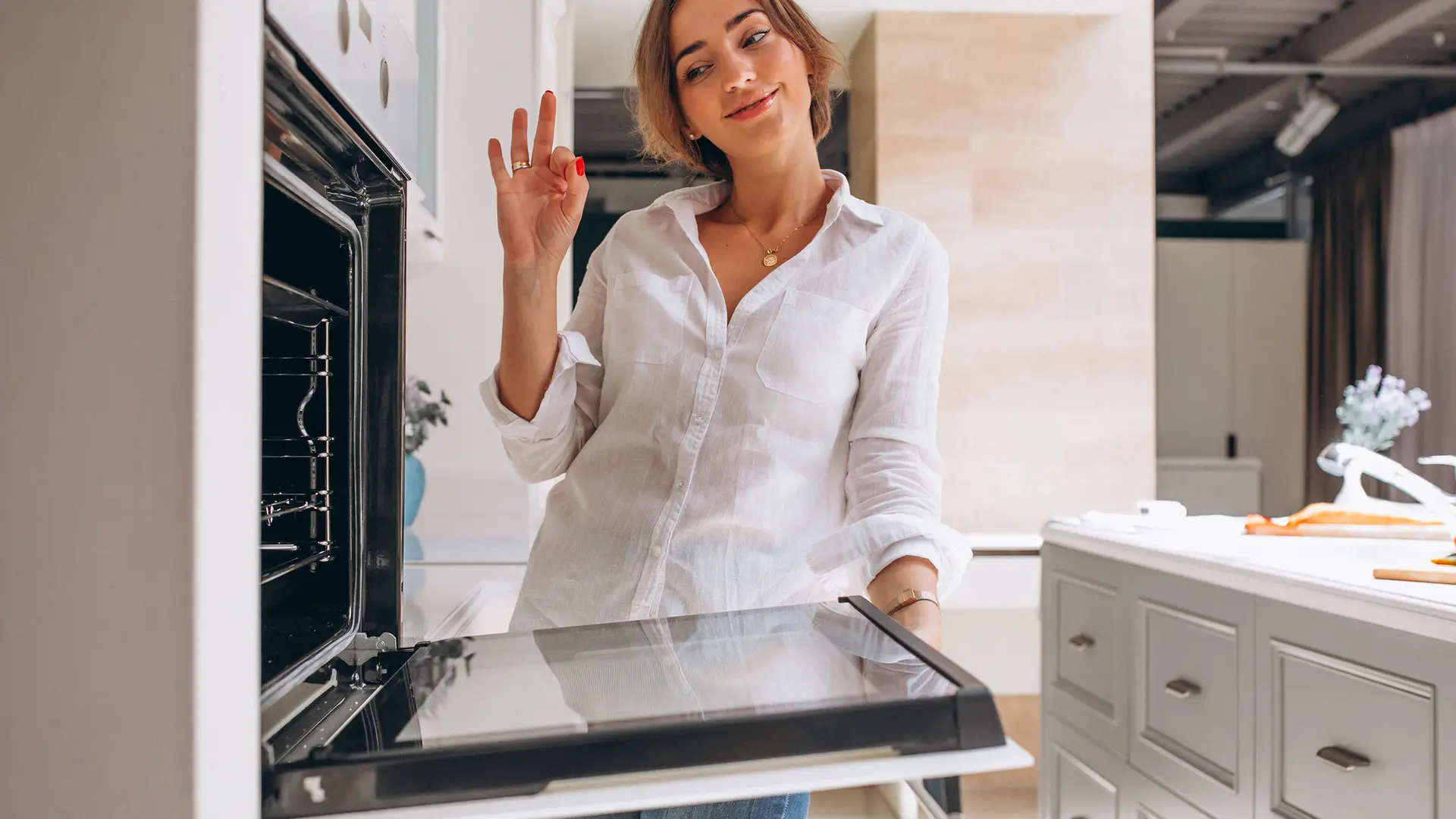
Double Ovens vs. Single Ovens: Which Is Right for Your Kitchen?
Choosing the right oven can make a huge difference to how smoothly your kitchen runs. Whether you’re renovating, upgrading or moving into a new home, one key decision you’ll face is whether to go for a single oven or a double oven. Both offer their own advantages, and the best choice depends on your cooking habits, household size and available space.
What Is a Single Oven?
What Is a Double Oven?
A double oven features two separate cooking cavities. The main oven (usually larger) is typically fan-assisted, while the smaller top cavity may include a grill or conventional oven setting. There are two main types:
- Built-in double ovens (around 90cm tall): Usually installed at eye level.
- Built-under double ovens (around 72cm tall): Designed to fit beneath a countertop.
Ideal for: Families, home cooks who prepare multiple dishes, and kitchens with space to spare.

Key Differences at a Glance
| Feature | Single Oven | Double Oven |
|---|---|---|
| Height | 60cm | 72cm (under) / 90cm (built-in) |
| Cooking Cavities | 1 | 2 |
| Space Required | Less | More |
| Simultaneous Cooking | Limited | Excellent |
| Price | More affordable | Higher |
| Energy Use | Lower | Higher |
Benefits of a Single Oven
- Space-saving: Fits easily into compact kitchens.
- Lower cost: More budget-friendly to purchase and install.
- Energy-efficient: One cavity means less energy when cooking single meals.
- Simpler to use: Straightforward controls for basic cooking.
Benefits of a Double Oven
- More flexibility: Cook at two different temperatures simultaneously.
- Time-saving: Roast and bake at the same time with ease.
- Great for entertaining: Prepare multiple dishes for large groups.
- Multifunctional: Grill in one oven while using fan settings in the other.

Things to Consider Before Choosing
- Kitchen layout: Do you have room for a taller unit?
- Cooking style: Are you often juggling meals, sides and desserts?
- Family size: Bigger households benefit from added oven space.
- Budget: Factor in not just the purchase price, but installation and running costs.
- Energy usage: Using both cavities may use more energy than a single oven.
Which One Is Right for You?
Here’s a quick guide to help you decide:
- Single Oven: Best for individuals, couples, or anyone with limited kitchen space who cooks simple meals regularly.
- Double Oven: Ideal for busy families, keen bakers, and anyone who frequently hosts dinners or cooks large meals.
Conclusion
- Cleaning: Double ovens can mean double the cleaning, though many models offer self-cleaning features.
- Matching your kitchen: Consider finish and style when pairing your oven with cabinetry and appliances.
- Future-proofing: Even if you don’t need two ovens now, it could be useful later.
Choosing between a single and a double oven comes down to how you cook, how much you cook, and the space you have. Both options can be fantastic in the right setting. Take the time to consider your lifestyle and cooking routine—your future self will thank you every time dinner time rolls around.
Frequently Asked Questions
- All Posts
- Cooker Hood Guides & Advice
- Dishwasher Guides & Advice
- General Appliance Guides & Advice
- Hob Guides & Advice
- Laundry Guides & Advice
- Microwave Guides & Advice
- Oven Guides & Advice
- Wine Cooler Guides & Advice
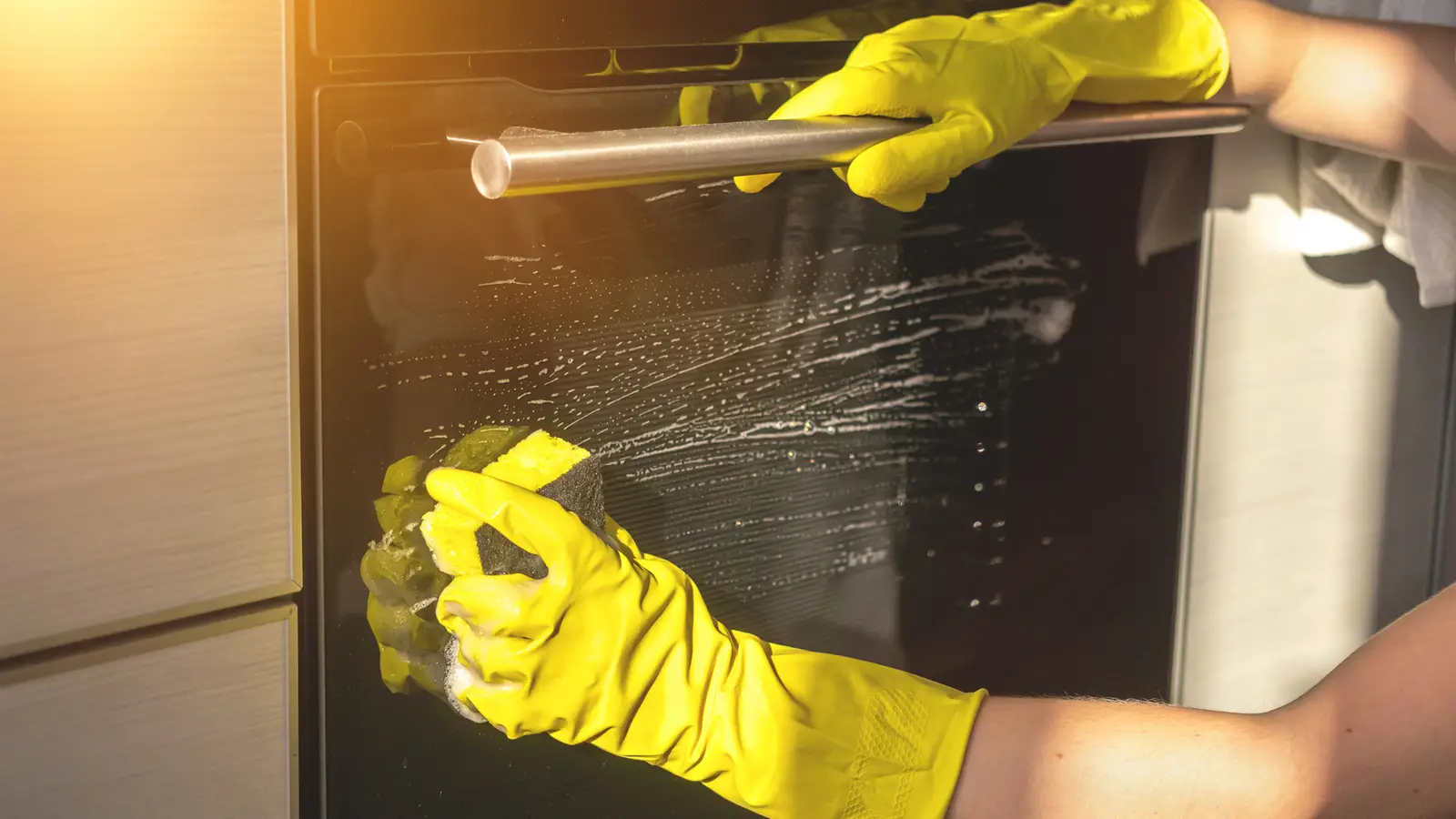
Learn how to clean glass oven door windows safely and effectively, inside and out. Follow our simple steps for clear,...

Can a ceramic hob be plugged into a normal socket? Learn the safety rules, power limits and installation advice before...
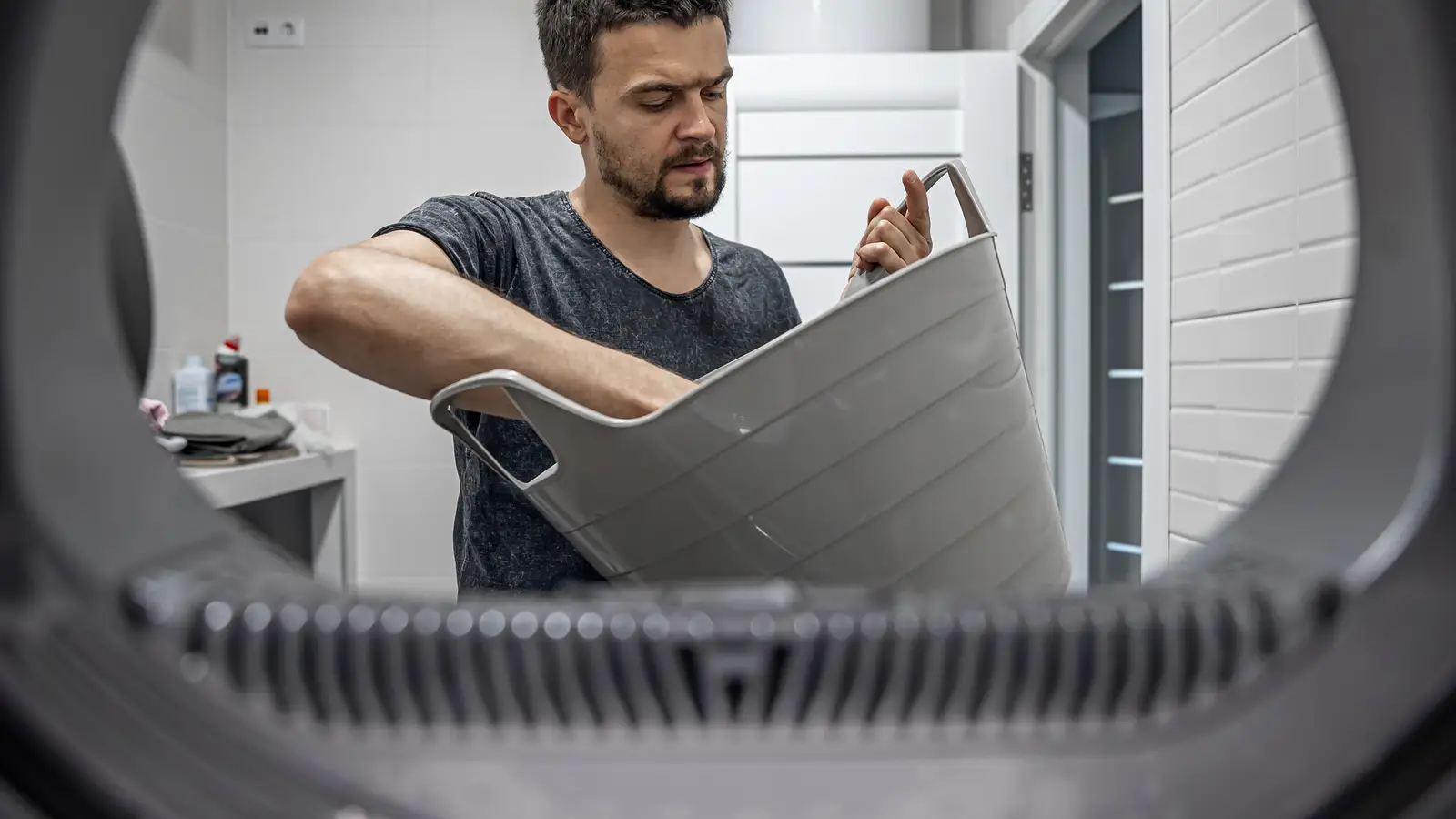
Discover how integrated washer-dryers really perform, including space, venting and drying realities. Learn what to expect before buying. Read now.

Learn what freezer burn is, how to prevent it, and keep your food fresher for longer. Follow these simple tips...
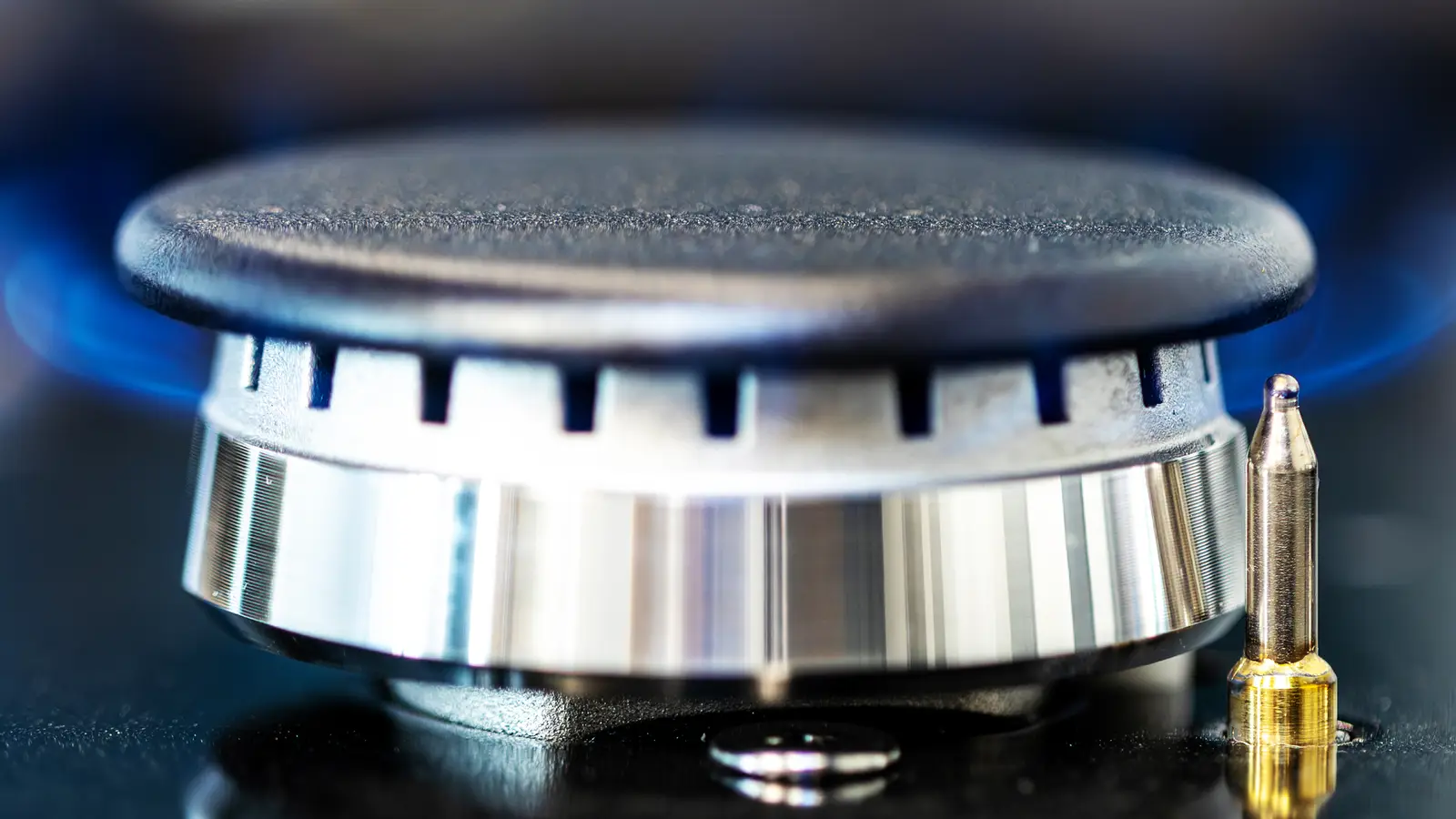
Find out if you can plug a gas hob ignition into a normal socket, plus safety rules and installer guidance....
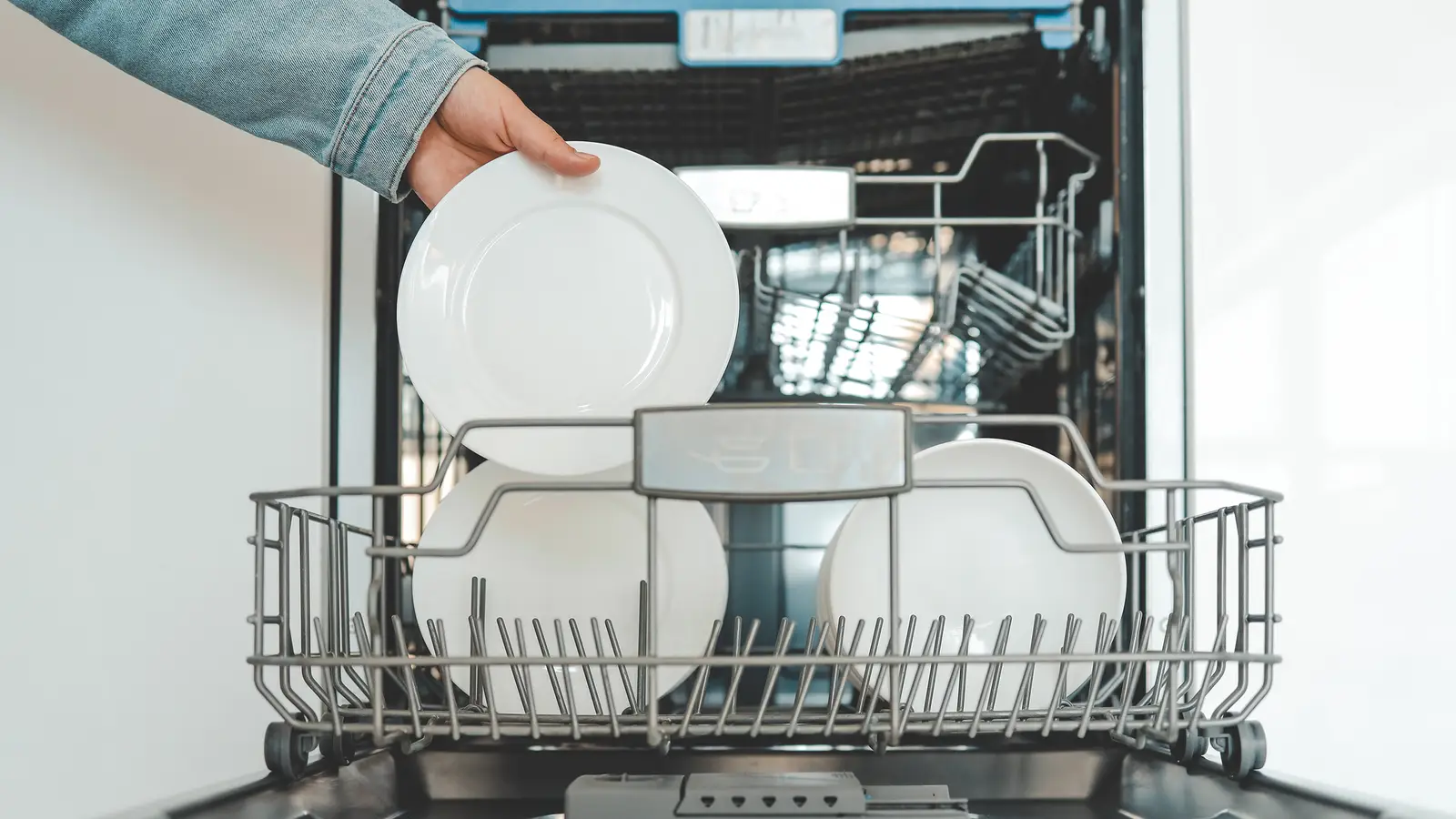
Learn what dishwasher salt and rinse aid do, why they matter, and when to refill them for the best cleaning...

Learn how to cook the perfect jacket potato with crispy skin and a fluffy centre. Quick, simple steps for oven...
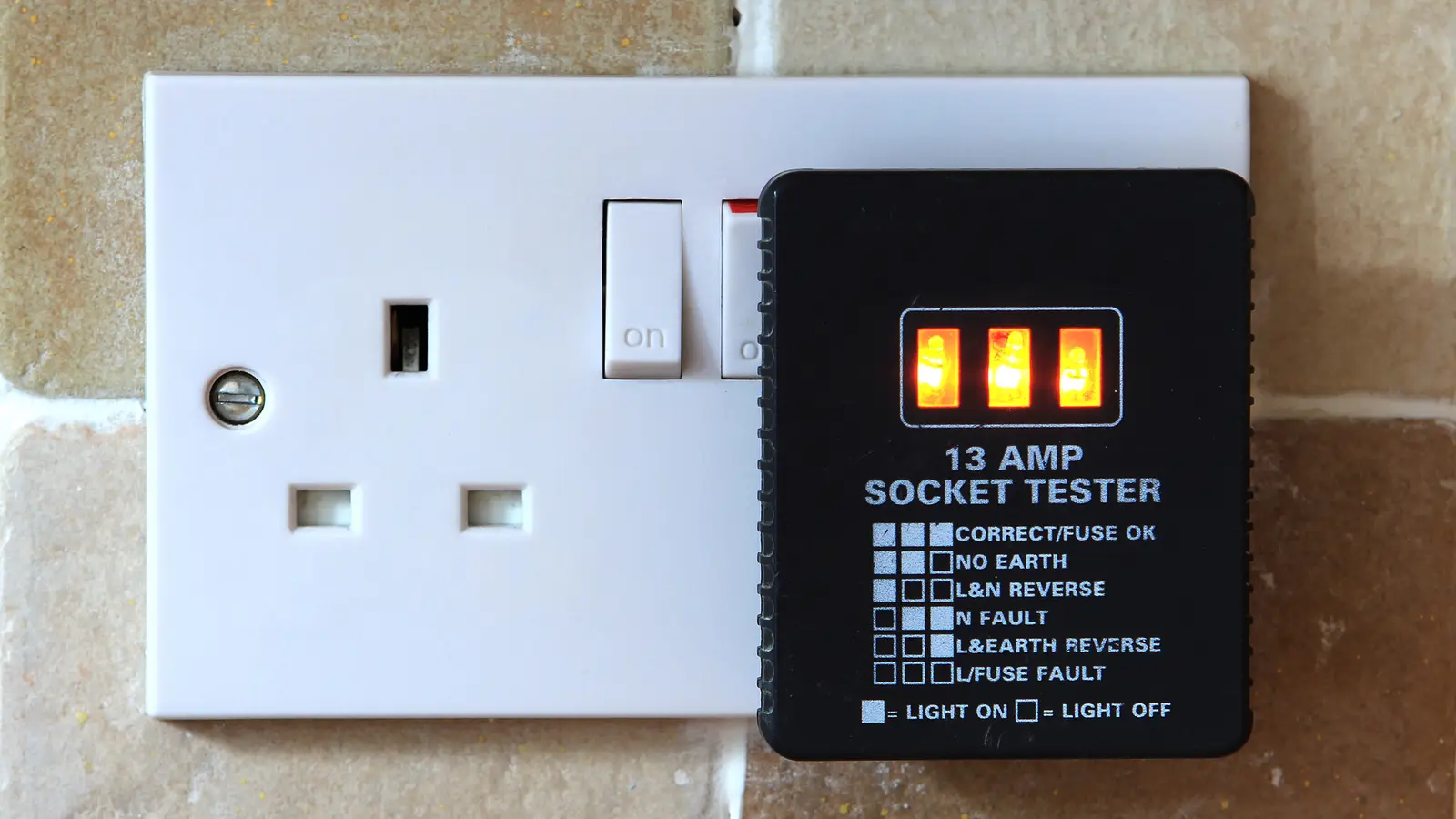
Find out if you can plug a dishwasher into a normal UK socket and what safety rules apply. Quick, clear...
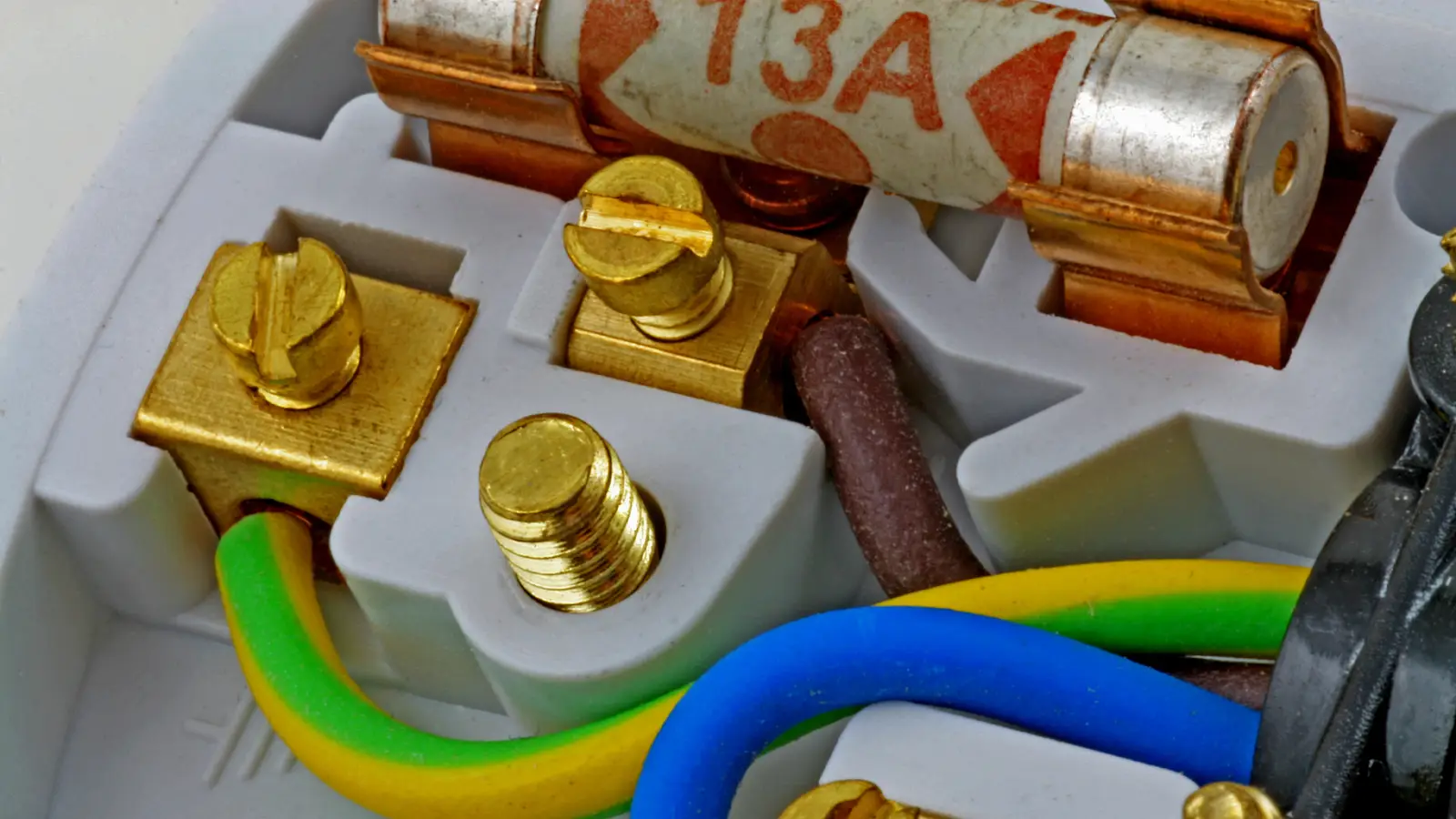
Unsure if a microwave & grill combo can use a normal UK socket? Learn the rules, wattage limits and safety...